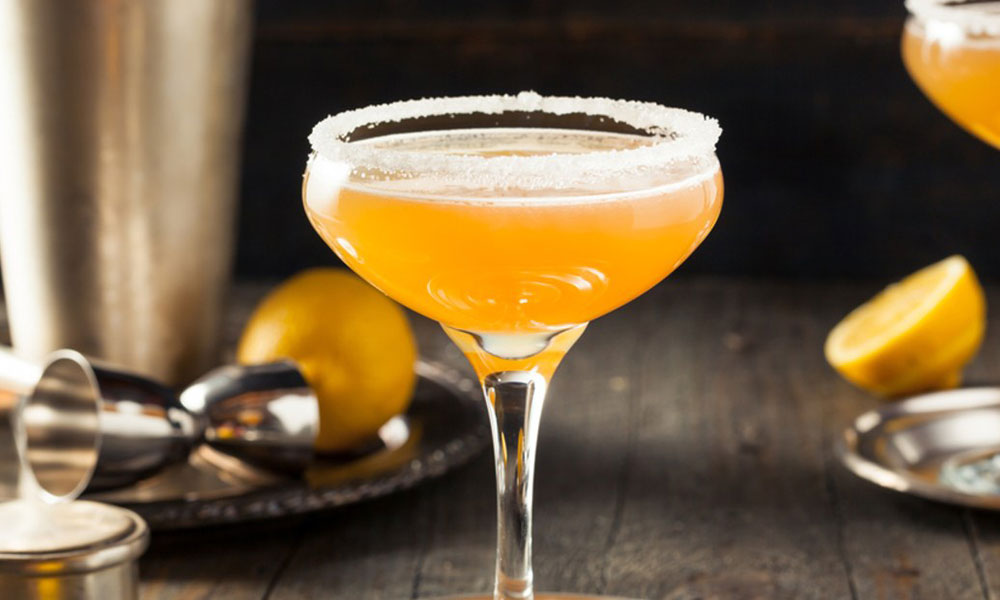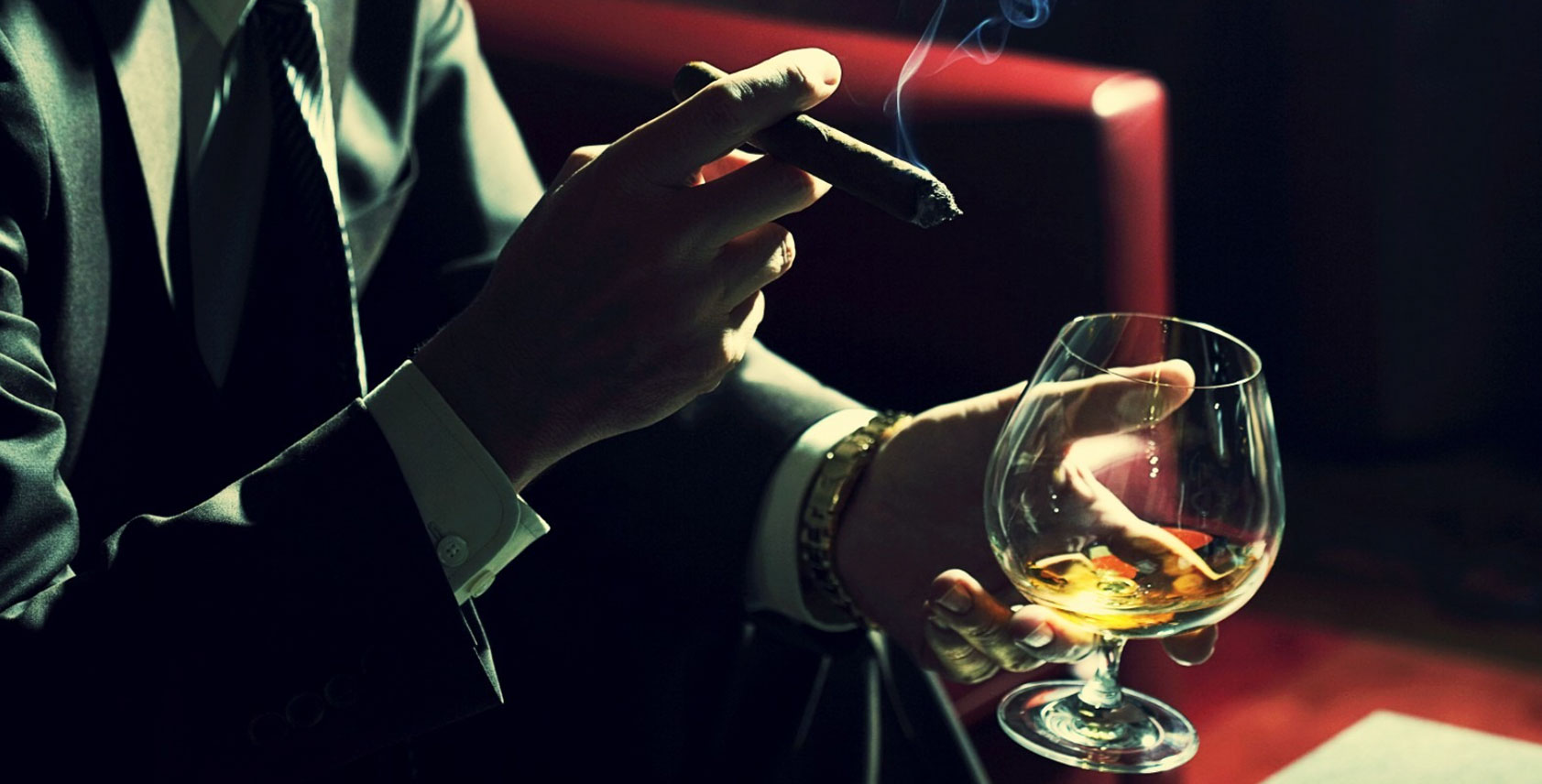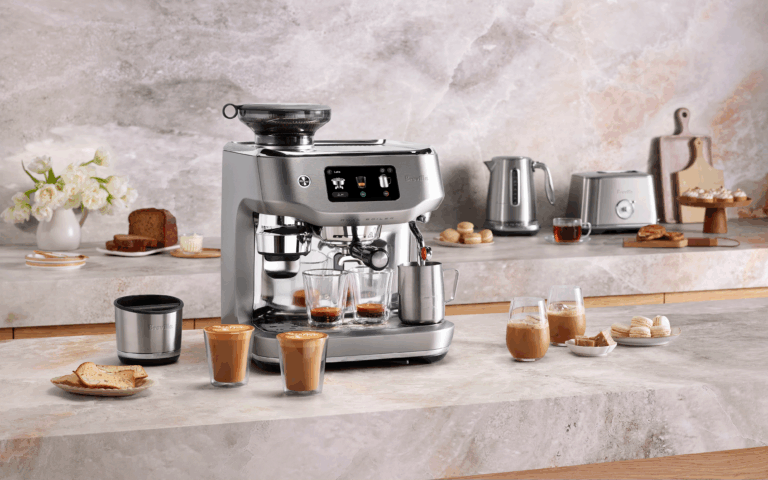Cognac is the original luxury spirit, and despite years on the backbench, it’s starting to make some noise again. Which means you should know a few things about it.
Although it may seem unapproachable, Cognac is really just brandy made in a specific region — Cognac, France (obviously). A few other rules apply: it’s made from specific grape varietals (primarily ugni blanc), which are fermented then distilled (twice) in copper pot stills, and it’s aged for a minimum of two years in French oak. Much of the spirit’s signature taste comes from this production line. The grape varietal is aromatic; pot distillation helps to retain the essence of the wine and the wood imparts structure, sugars, and vanillins.
But this is where it starts to get complicated. The blending process sometimes involves mingling together as many as a hundred different eaux-de-vie (basically lightly distilled brandy), of different ages and from different crus — small regions within Cognac itself, some of which are thought to have better micro-climate and soil conditions than others. In addition, Cognac is classified according to different grades, some of which are very straightforward and others vague-sounding. At the highest levels of classification, definitions start to sound like this: “Always at least six years old, but usually far older and far superior.” Not exactly airtight.

When In Doubt:

Mix it into a cocktail. People used to cry at the thought of even adding water to a VSOP. Now, companies like Courvoisier actually encourage it, pointing out that their VSOP goes great in eggnog, Champagne cocktails, and, everybody’s favourite cure for the common cold, the Sidecar.



